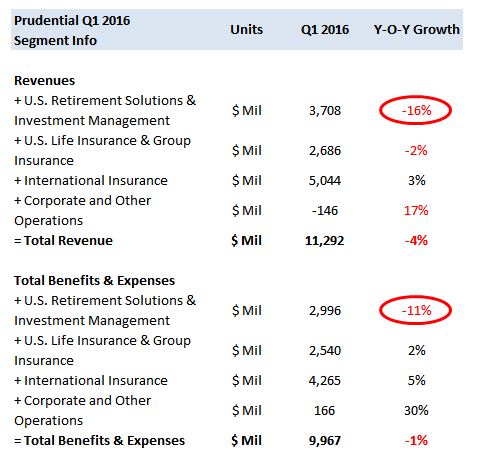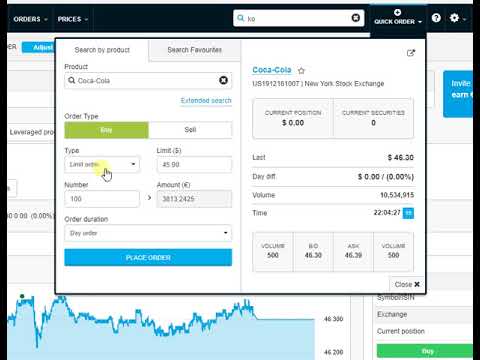

Perhaps the most common use of income per capita is to ascertain an area’s wealth or lack of wealth. Bureau of Economic Analysis uses to rank the wealthiest counties in the United States, the other being median household income. Median household income is helpful when determining the level of income disparity and poverty in a certain area as the median number eliminates outlier income figures that could skew the data set. Taking into account household size and composition , we have calculated your position in the income distribution.
It’s used instead of the average, or mean, household income because it can give a more accurate picture of an area’s actual economic status. Median household incomes are frequently used to determine housing affordability. Average household income can be used as an indicator for the monetary well-being of a country’s citizens. In 2007, the median household income by state ranged from $36,338 in Mississippi to $68,080 in Maryland. Despite having the highest median home price in the nation and home prices that far outpaced incomes, California ranked only eighth in income that year, with a median household income of $59,984.
Take a look at the article, What the difference between mean and median tells us about income inequality. This article provides concrete examples of how mean and median are calculated and how to interpret them. The average is higher because the highest number on the list is much farther from the middle numbers than the lowest one is. The median, which comes from looking at the middle number, gives a better impression of the dataset as a whole.
Wages and salaries have fallen from approximately 51% GDP in 1970 to 43% GDP in 2013. Total compensation has fallen from approximately 58% GDP in 1970 to 53% GDP in 2013. For information on the income of individuals, see Personal income in the United States. The Consumer Price Index measures change over time in the prices paid by consumers for a representative basket of goods and services.

Half of all families have more than the country’s median, and half have less. Census Bureau, and it has revised its calculations for arriving at these figures household income means a few times over the years. Since 1980, U.S. gross domestic product per capita has increased 67%, while median household income has only increased by 15%.
In version A, exclude demographics to create your desired audience; in version b, only exclude the demographics active in version a. This will save you from yourself, allowing you to capture less qualified traffic at a lower cost and hone your ad copy to speak to the income level, age group, and gender of your perfect prospects. Target the top 10% of households in high-value, high-cost campaigns to ensure that top-converting keywords with high commercial intent receive a large chunk of your overall budget.
Over one quarter, 28.5%, of all income was earned by the top 8%, those households earning more than $150,000 a year. Households with annual incomes from $50,000 to $75,000, 18.2% of households, earned 16.5% of all income. Households with annual incomes from $50,000 to $95,000, 28.1% of households, earned 28.8% of all income. It is the household’s measure of income and includes income not necessarily earned by them. It may take the form of social security benefits, unemployment benefits, welfare compensation, etc.
When it dips below 100, home ownership is becoming relatively more expensive, and the median-earning family can’t afford the median-priced house. Median household income is used in real estate to calculate the affordability of housing and in government to calculate the affordability of other significant costs, such as healthcare. The median income is the income level in the middle of a list of ranked incomes.
If there are dependent children living within your household, because older children are more expensive, you need to specify the age group. This conference, sponsored by CIOT, will look at the taxation of top incomes and ask how the system could be made more rational and effective. With speculation the Budget will include reforms to help with the cost of childcare, this briefing brings together the latest evidence on the issue. Annual Household Incomemeans the aggregate annual income of a Household as determined by using the standards set forth in 24 CFR § 5.609, as may be amended, or as otherwise set forth by the Agency.
Household income includes every member of a family who lives under the same roof, including spouses and their dependents. The incomes of everyone count even if they aren’t all used to support the household. Household income also includes anyone living in that home even if they’re not related. Household income is an important risk measure used by lenders for underwriting loans and is a useful economic indicator of an area’s standard of living. The three major sources of income received but not earned are social security benefits, unemployment benefits, and welfare payments. Social security benefits are paid to elder citizens, disabled people, and retired citizens.
Why Does Median Household Income Matter?
According to Leonard Beeghley a household income of roughly $95,000 would be typical of a dual-earner middle class household while $60,000 would be typical of a dual-earner working class household and $18,000 typical for an impoverished household. William Thompson and Joseph Hickey see common incomes for the upper class as those exceeding $500,000 with upper middle class incomes ranging from the high 5-figures to most commonly in excess of $100,000. They claim the lower middle class ranges from $35,000 to $75,000; $16,000 to $30,000 for the working class and less than $2,000 for the lower class. According to the US Census Bureau persons with doctorates in the United States had an average income of roughly $81,400. The average for an advanced degree was $72,824, with men averaging $90,761 and women averaging $50,756 annually.

If you make $70,000 a year, a house with a monthly payment of $1,750 or less would be affordable for you, because this is 30 percent of your monthly income of $5,833. Typically, affordable housing programs are set up to help lower-income earners afford homes. Household income is a measure of the combined incomes of all people sharing a particular household or place of residence. It includes every form of income, e.g., salaries and wages, retirement income, near cash government transfers like food stamps, and investment gains.
Household Income: What It Is and How to Calculate It
Such income shall be evidenced by the Household’s federal tax return for such year and such other evidence as the Board or Monitor may require. The group with the second highest median household income, were households headed by persons between the ages 35 and 44 with a median income of $56,785, followed by those in the age group between 55 and 64 with $50,400. Not surprisingly the lowest income group was composed of those households headed by individuals younger than 24, followed by those headed by persons over the age of 75. Overall, households headed by persons above the age of seventy-five had a median household income of $20,467 with the median household income per member of household being $18,645. With retirement income replacing salaries and the size of the household declining, the median household income decreases as well. The term household income generally refers to the combined gross income of all members of a household above a specified age.
- Those on higher incomes might expect to contribute between 30% and 50% of Net household income.
- The nonpartisan Congressional Budget Office conducted a study analyzing household income throughout the income distribution, by combining the Census and IRS income data sources.
- For information on the income of individuals, see Personal income in the United States.
- Since 1980, U.S. gross domestic product per capita has increased 67%, while median household income has only increased by 15%.
It is commonly used by the United States government and private institutions to describe a household’s economic status or to track economic trends in the US. In the context of HHI, a household can consist of any number of people, including one person living on their own. Family income considers only households occupied by two or more people related by birth, marriage, or adoption.
Annual Household Income definition
The percent of households with six figure incomes and individuals with incomes in the top 10%, exceeding $77,500. As of 2019, the median household income ranged from $20,474 in Puerto Rico to $92,266 in the District of Columbia. When grouped by Census Bureau Region, of the 15 states that, in 2017, had the highest median household income, only Minnesota is located in the Mid-West.
Per capita income doesn’t reflect inflation in an economy, which is the rate at which prices rise over time. For example, if the per capita income for a nation rose from $50,000 per year to $55,000 the next year, it would register as a 10% increase in annual income for the population. However, if inflation for the same period was 4%, income would only be up by 6% in real terms. Inflation erodes the purchasing power of the consumer and limits any increases in income. It can be used in conjunction with data on real estate prices, for instance, to help determine if average homes are out of reach for the average family. Notoriously expensive areas such as Manhattan and San Francisco maintain extremely high ratios of average home price to income per capita.
According to the ACS, the U.S. median household income in 2018 was $61,937. Estimates for previous years are given in terms of real income, which have been adjusted for changes to the price of goods and services. Household income provides a picture of the standard of living of various households.
What Is Considered an Average Middle-Class Income?
Census Bureau includes all pre-tax cash income of all individuals age 15 years or older belonging to a household, regardless of whether they are related to each other. The Census Bureau reported that U.S. median household income in 2020 was $67,521. This concept has been used in computing the adjusted gross national income in economics. As a result, it has become a major tool for investors to predict future demand for goods and services easily. There are three measures of national income, of which personal income is the one reported to the national income and product accounts being maintained by the Bureau of Economic Analysis. Generally speaking, a home is affordable if its monthly payment is 30 percent or less of its resident’s income.
The average of these three household incomes—about $51,667—works out to be slightly more than what the three-person household brings in. However, it is a good bit more than Joe’s household income or that of Jackie and Janie individually. Yet they’re all defined as household incomes for the purposes of calculating government benefits and other assistance programs. The southern states had, on average, the lowest median household income, with nine of the country’s fifteen poorest states located in the South.




